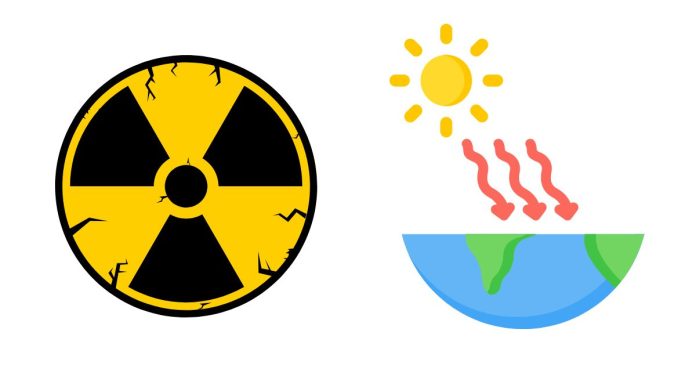Understanding Occupations with Exposure to Ionizing Radiation
Ionizing radiation is a powerful form of energy emitted by unstable atoms or certain machines. It has a wide range of applications but also poses risks to those exposed to it regularly. Certain occupations require workers to interact with ionizing radiation, making safety a top priority in these fields. Below, we explore the common professions exposed to ionizing radiation, the risks involved, and the safety measures in place to protect workers.
Common Occupations Exposed to Ionizing Radiation
- Healthcare Professionals
- Radiologists, X-ray technicians, and nuclear medicine specialists often use medical imaging tools and radioactive materials to diagnose and treat illnesses.
- Devices like CT scanners, X-ray machines, and radiation therapy units are common sources of exposure.
- Nuclear Industry Workers
- Employees in nuclear power plants, nuclear waste management, and uranium mining are frequently exposed to ionizing radiation.
- They handle materials like uranium and plutonium, which emit radiation during power generation and other processes.
- Aerospace Professionals
- Pilots and flight attendants experience increased exposure to cosmic radiation at high altitudes.
- While the levels are generally low, frequent flights can lead to significant cumulative exposure over time.
- Industrial Workers
- Those involved in non-destructive testing, such as inspecting pipelines and machinery using radiographic techniques, often work with radioactive sources.
- Radiation is also used in sterilization processes and material analysis.
- Research Scientists
- Researchers in physics, chemistry, and biology may handle radioactive isotopes or work with particle accelerators.
- Laboratories and research facilities often contain ionizing radiation sources for experiments.
Risks of Ionizing Radiation Exposure
Prolonged or high-level exposure to ionizing radiation can damage cells and increase the risk of cancer, genetic mutations, and other health issues. Acute exposure can cause radiation sickness, characterized by nausea, fatigue, and skin damage. The long-term effects depend on the dose and duration of exposure.
Safety Measures in Radiation-Exposed Occupations
- Monitoring Exposure:
- Workers often wear dosimeters to measure radiation levels and ensure they remain within safe limits.
- Protective Equipment:
- Lead aprons, shields, and gloves help block or reduce radiation exposure.
- Controlled Environments:
- Shielded rooms, remote handling tools, and containment chambers reduce direct contact with radiation sources.
- Training and Protocols:
- Regular training ensures workers understand the risks and follow strict safety protocols.
- Regulatory Oversight:
- Organizations like the International Atomic Energy Agency (IAEA) and OSHA (Occupational Safety and Health Administration) set exposure limits and guidelines to protect workers.
Summary
Working in radiation-exposed environments can be safe when proper precautions and safety measures are followed. Advances in technology and regulation have significantly reduced risks, allowing professionals in these fields to perform their duties effectively while minimizing health hazards. Whether in healthcare, aerospace, or nuclear energy, awareness and adherence to safety protocols are essential to protect the workforce from the potential dangers of ionizing radiation.


